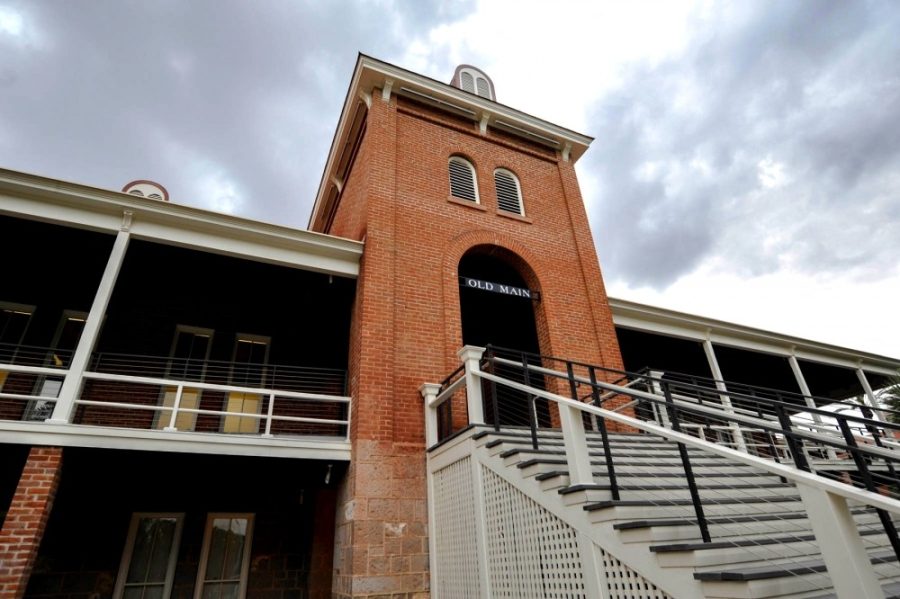Education is the great equalizer, allowing almost anyone to change their station in life by giving them the knowledge and skills to be successful.
The founders of the state recognized how transformative going to a college or university can be, and enshrined in the Arizona constitution that education be as close to free as possible.
Fast forward 100 years and tuition at the three state universities is thousands of dollars each term, with many students making difficult choices in order to attend school, whether it’s working long hours in between classes or taking out loans.
The problem is only getting worse, with the Arizona Board of Regents recently announcing they will be increasing tuition by another 2 percent for incoming freshmen next fall.
Students shouldn’t be forced to take on a mountain of debt in order to attain a proper education.
The state universities, as well as community colleges, should be expected to explain how the cost of instructing students has increased by more than 300 percent since 2002, since that’s roughly how much tuition has ballooned during that time frame.
If these institutions are unable to justify the amount students are forced to shell out in exchange for a chance to be competitive in the job market, then the schools should be compelled to start lowering tuition costs to match the true value of the education being provided.
But this is a bandage on a much larger problem. Studies show that the amount of student debt in the U.S. is well over $1 trillion, which will only continue to increase as tuitions rise all across the country.
Most other developed countries provide college for free to citizens, paid for by taxpayers who have decided to bear the extra cost in exchange for all citizens to have the ability to pursue their dreams without placing a financial anchor around their necks.
Now is the time for the government, whether it’s local officials or the president and Congress, to start reinvesting in the long-neglected education system of this country.
However, the federal government looks unlikely to help the states on this issue anytime soon, with the current administration more interested in tax cuts and military spending over investing in the youth of the world.
That means it’s up to the states, at least in the short term, to begin tackling the soaring tuition and student debt rates that are eating into the spending power of people trying to invest in their own futures.
The Legislature has dramatically cut the amount of funding allocated to the state universities, with spending per student being slashed from more than $9,000 per student in 2008 to about $4,000 now, according to budget analysis.
Instead of blissfully carrying on the entrenched mindset of raising tuition each and every year, college officials and student leaders should be fighting for these costs to be lowered, using their voices and organizing abilities to lead protests or hold information sessions to convey how serious of an issue the skyrocketing costs of higher education really are.
Governor Doug Ducey and other state leaders have been trying to figure out ways to make the state more attractive for businesses. One obvious way would be to lower the cost of education in the state, which would allow companies to train and maintain a skilled workforce with less overhead costs.
Numerous studies have shown that investment in education yields a high rate of return, with the amount of money fed back into the local economy almost always being at least double or triple the spending rate. In other words, for every dollar put towards education, several dollars will end up back in the economy through increased spending and purchasing power.
If students continue to be saddled with tens of thousands of dollars in debt, with payments often due just months after graduation, the economy, as well as the personal prospects of individuals, will only suffer further.
Only by making a significant shift, not only in funding, but in the mindset of what an affordable education truly looks like, can we as a society begin to prioritize what matters in a way that makes getting a degree an attainable goal for everyone.
Editorials are determined by the Daily Wildcat Opinions Board and are written by its members. They are Editor-in-chief Courtney Talak, Opinions Editor Andrew Paxton, Content Editor Marissa Heffernan, Engagement Editor Saul Bookman and Arts & Life Editor Pascal Albright. Follow Daily Wildcat on Twitter.









